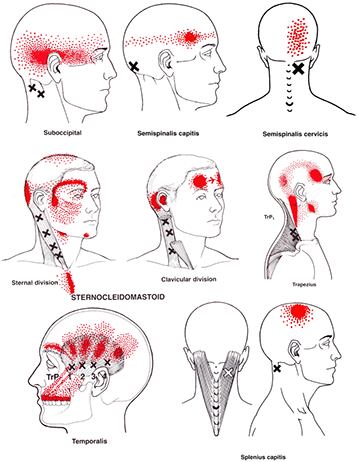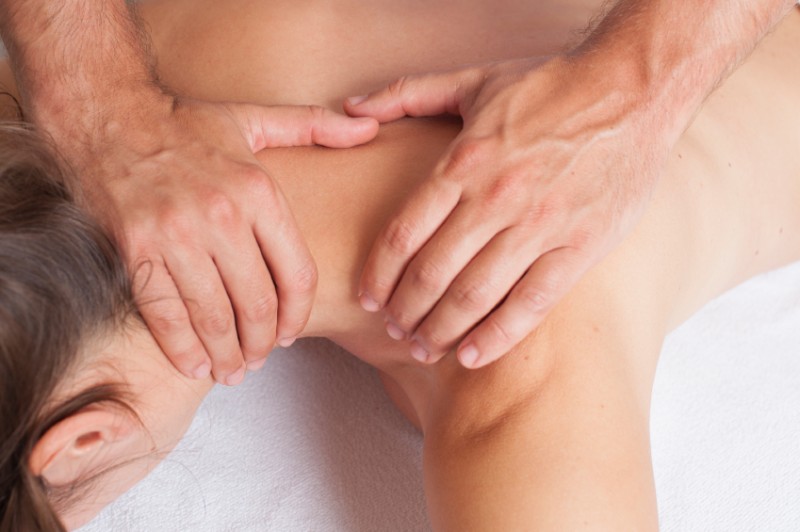HEADACHES… THE CAUSES & THE ROLE OF MYOTHERAPY IN BEATING THEM!!
Headaches are one of the most prevalent, painful conditions that can affect the body with the number of people seeking treatment increasing at a regular rate. This comes as no surprise as I’m sure most people reading this would have suffered with a headache at some stage in their lifetime.
The cause of headaches can vary; as can the intensity, frequency, and duration, depending on factors such as occupation, activity levels, hobbies, lifestyle, stress levels, self-care, and sleep.

A common cause of headaches are hypertonic (too much tension/tone) muscle tissues of the head, neck, and shoulders. When muscle tissue becomes ‘stressed’ (stressed in this case meaning in a shortened or lengthened position) it enters into an ischaemic state and cycle (restriction of blood supply) leading to dysfunction and, in most cases, pain.
Muscle tissue in the aforementioned locations can develop ‘trigger points’ which are a contentious phenomena but are thought to be localised areas of intense muscular tightness/contracture. Their relevance to headaches is that through pain referral pathways these trigger points can lead to the perception of a headache even though the actual issue is coming from another region of the upper body. Some of these pathways can be seen in the below diagram:

This pain may be experienced in various ways, with some common symptoms and locations being:
– as a tight band around the head;
– at the base of the skull;
– behind the eyes;
– beside the eyes in the temple region; or
– in the jaw
Although muscle tissue can be solely responsible for a headache, it may not exist in isolation. Small joints of the upper cervical spine can become irritated and hypomobile via improper workstation/studying posture, incorrect techniques in the gym or other activities, and even sleep. In addition, the temporomandibular joint (TMJ) and its associated muscles can also cause headaches from things such as grinding/clenching at night, post-surgery (e.g. wisdom teeth), or a deviation.
Treatment
When muscle tissue is predominantly responsible for the symptoms of a headache treatment is focused on breaking the ischaemic cycle and returning the muscle to its ideal tone and length; therefore, eradicating the referred pain felt as a headache. This can be achieved via:
– massage;
– deep pressures (usually with a thumb or elbow);
– cross frictions;
– joint mobilisations; and
– dry needling.
On the other hand, if the symptoms are emanating from an upper cervical joint issue then muscle energy techniques (METs), joint mobilisations, and dry needling can all be used to literally mobilise the joint, free up movement and enable a return to optimal function and pain relief.
Other treatment modalities that can be used to treat headaches of a musculoskeletal origin include things such as postural advice/correction and specific, focused exercises like ‘chin-tucks’ to help ‘self-mobilise’ the cervical spine and build strength in the deep neck muscles.

Whilst this blog has attempted to provide some insight into the cause of headaches and possible treatments it is important to note that each person is an individual and, therefore, different so treatment is most effective when tailored to each individual needs.
If you think you could benefit from a Myotherapy appointment please call 94805522 or book online via our website.
by Travis Robertson
12